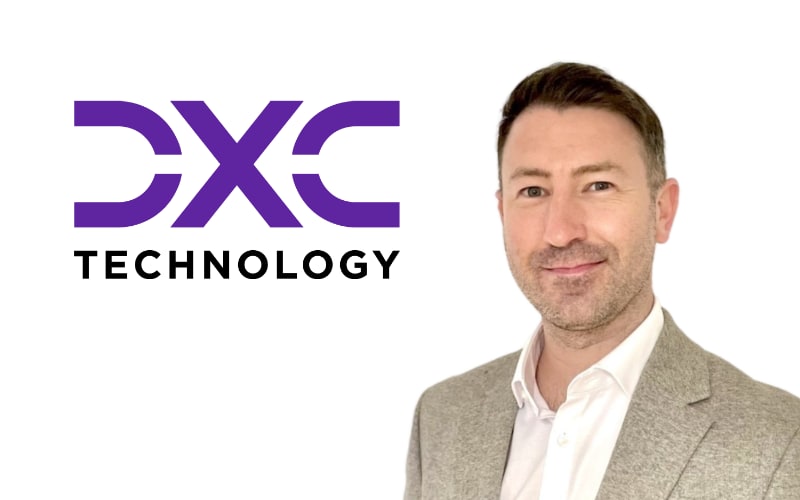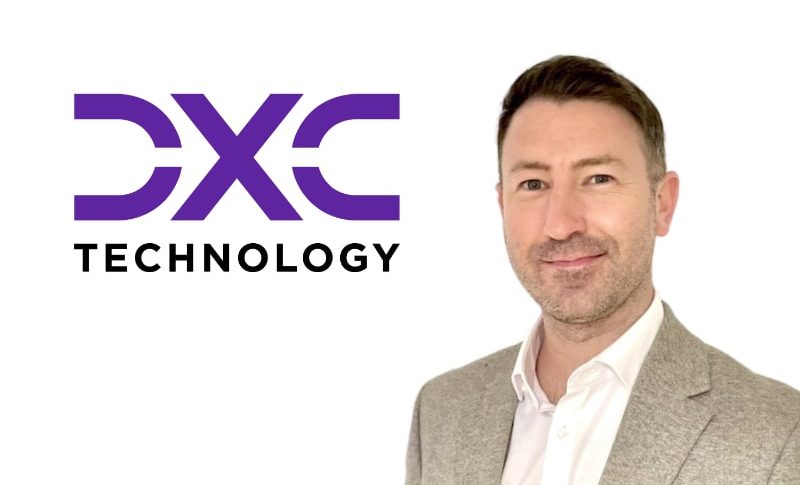In a recent interview with Reinsurance News, James Mahon, Reinsurance Pre-Sales Lead at DXC Technology, highlighted a persistent issue facing the re/insurance industry: the continued reliance on manual processes for managing ceded reinsurance.
 DXC Technology provides IT services and solutions to insurers around the world, with a focus on helping organisations modernise their core systems and improve operational efficiency.
DXC Technology provides IT services and solutions to insurers around the world, with a focus on helping organisations modernise their core systems and improve operational efficiency.
Mahon, who works closely with insurers to streamline reinsurance operations, believes that automation is no longer optional.
“Digital transformation and automation are at the core of every insurer’s strategy,” Mahon said.
But while front-end innovation often gets the attention, Mahon noted that essential back-office tasks like claims handling, billing, and customer service are still managed manually.
According to Mahon, one particularly overlooked function is ceded reinsurance — a vital but often underserved part of the insurance process. “It’s a critical function burdened by manual processes and outdated tools,” he explained.
Reinsurance is essential to protecting insurers from major financial risks, yet the way many firms manage it hasn’t kept pace with the complexity of today’s contracts. Mahon pointed out that many insurers still depend on spreadsheets, email chains, and custom-built internal systems to manage multi-million-dollar reinsurance agreements and claims.
That approach is becoming increasingly unsustainable. “Contracts are getting more complex,” Mahon said. “Modern reinsurance agreements are multi-layered, involve multiple partners, and include intricate terms.” When those details are tracked manually or across disconnected systems, the potential for errors grows, something the industry can ill afford.
Mahon also warned that fragmented systems can lead to missed recoveries. “When something goes wrong, insurers often turn to their reinsurers to recover part of the cost. But if systems aren’t connected or if teams are working in silos, those recoveries can fall through the cracks. That’s money left on the table — and it can quickly add up.”
Beyond financial losses, inefficiencies in ceded reinsurance workflows also carry operational risk. Processes slow down, and institutional knowledge is often concentrated in a few experienced individuals. “If those people leave, so does critical knowledge,” he said.
Meanwhile, regulatory and audit requirements are harder to meet when data is scattered and systems lack transparency.
With reinsurance risk growing in complexity, Mahon believes the case for automation is stronger than ever. “The risks of doing things ‘the old way’ are too high,” he said. Fortunately, there are now automated solutions designed specifically to address the challenges of ceded reinsurance.
The benefits are clear: automation helps reduce errors through standardised processes, accelerates and improves claims recoveries, enhances compliance through real-time reporting and audit trails, and increases efficiency by freeing up skilled staff to focus on more strategic work, explained Mahon.
He also emphasised that automation improves integration across the insurance ecosystem. “An insurer that automates its ceded reinsurance processes can catch recovery opportunities that were missed with fragmented systems and inconsistent data.” It also shortens recovery timelines and provides better visibility during high-impact events like catastrophes.
“The days of managing reinsurance on spreadsheets are numbered. Automating ceded reinsurance can simplify complexity, reduce risk and unlock real value. And no one wants to cede that type of advantage,” Mahon concluded.
The post It’s time to automate the ceded reinsurance process, says DXC Technology’s James Mahon appeared first on ReinsuranceNe.ws.


